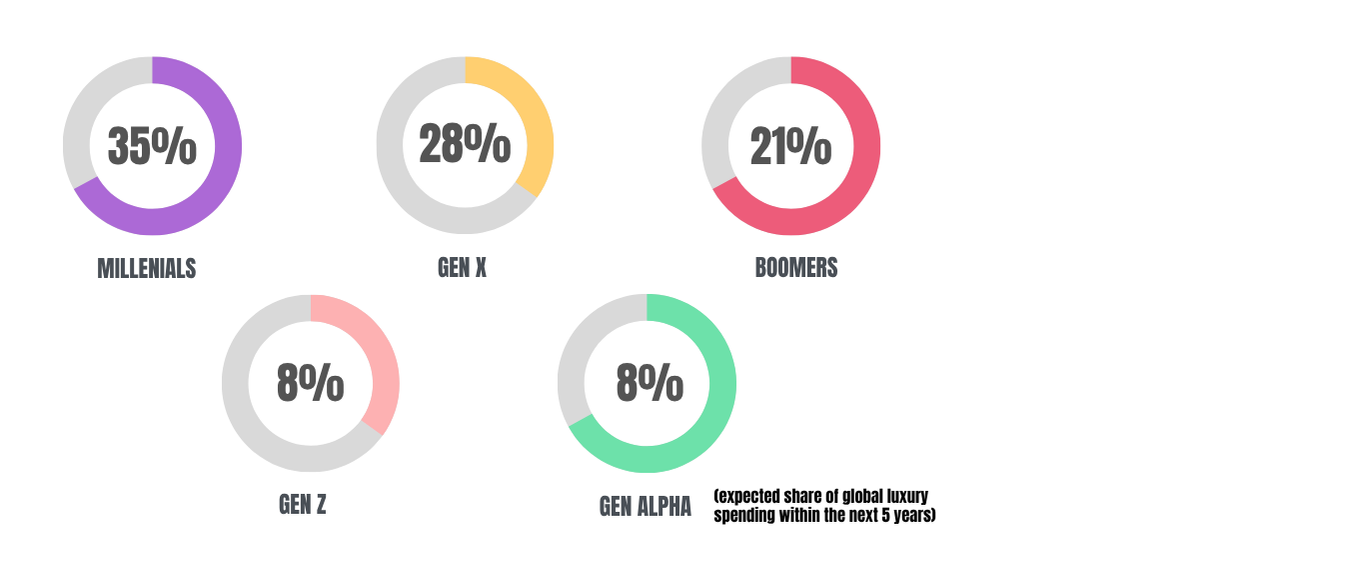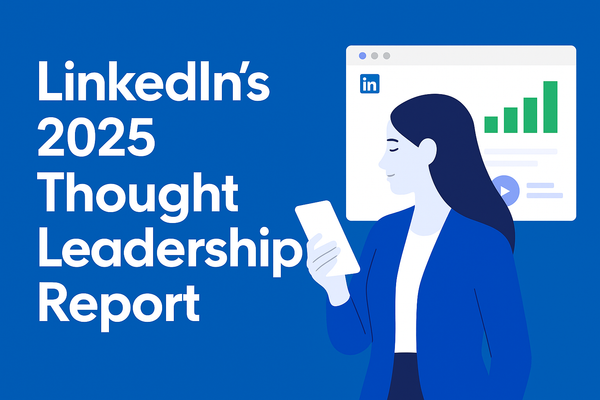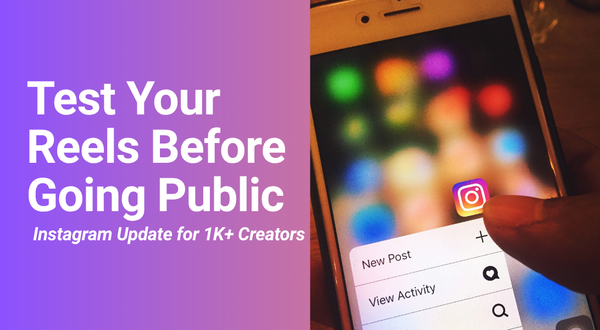What’s Next for Luxury? Navigating a Generational Shift
Luxury is shifting from aspiration to relevance. As Gen Z and Gen Alpha demand purpose, expression, and digital-first experiences, brands must evolve fast — or risk becoming obsolete. Here’s how to navigate the new codes of luxury.

Luxury is no longer defined by scarcity alone — it’s being redefined by speed, values, and storytelling.
According to Bain & Company’s latest luxury report, the industry is facing its most dynamic transformation in decades. Driven by the rising influence of Gen Z and Gen Alpha, and reshaped by evolving consumer behavior in key markets like China, luxury brands are now tasked with balancing heritage with relevance, tradition with innovation.
The Age of Identity-Driven Consumption
Younger consumers aren’t just buying luxury — they’re buying into a version of themselves.
Where previous generations sought prestige and exclusivity, today’s shoppers look for authenticity, alignment, and expression.
They expect brands to stand for something — whether it’s sustainability, social justice, or creative risk-taking. And they want this not just in campaigns, but in every touchpoint from product design to social media voice.
Luxury Spending by Generation (Global)

What makes this shift even more critical is the age of entry.
Gen Z is stepping into luxury younger than any previous generation, often in their early 20s, with high digital fluency and low brand loyalty. Winning them over is no longer about heritage storytelling; it’s about real-time relevance and cultural fluency.
"They follow brands not for what they sell, but for how they behave."
China: From Volume to Value
The report also highlights a major realignment in China, once the unstoppable growth engine of luxury. As economic uncertainties and demographic changes unfold, brands must move from broad, national narratives to highly localized, emotionally resonant storytelling.
Luxury in China is no longer about access. It's about meaning.
Digital sophistication, regional subcultures, and younger HNWIs (High Net Worth Individuals) are pushing brands to go beyond flagship cities and engage with cultural codes at a deeper level.
3 Challenges Luxury Marketers Must Address:
- Generational Split
How can you speak to both Gen Z and Gen X — without alienating either? - Platform Fragmentation
From TikTok to Xiaohongshu to Threads: where should luxury live, and how should it behave? - From Product to Purpose
Is your brand’s purpose visible beyond the “About Us” page?
What This Means for Brands
In today’s landscape, aspiration isn’t enough — connection is everything.
To stay relevant, luxury brands must:
- Create content ecosystems, not just campaigns
- Let go of perfection and embrace authentic storytelling
- Treat Gen Z not just as buyers, but as co-creators
- Localize brand behavior, not just language
- Design for digital-first moments — but human-first emotions
At Smart 360, we help brands decode the signals of cultural and generational change. Whether it's crafting a launch strategy in the GCC or creating a platform-native campaign that resonates from Istanbul to Shanghai, we build relevance that lasts.





